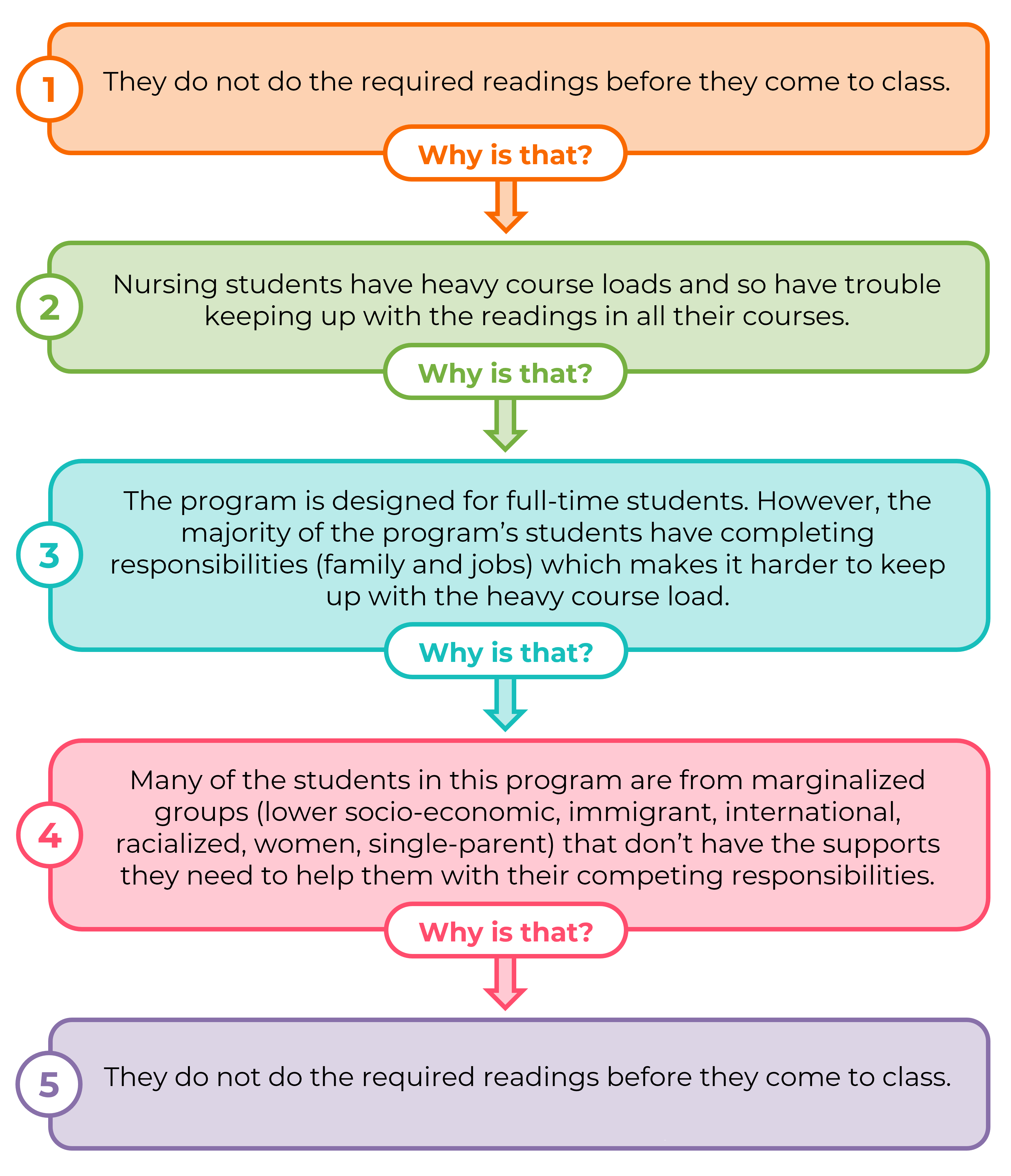Action research starts with critical reflection to identify problems for investigation. This involves considering biases, assumptions, and values to align one’s actions with their values. Reflection, both at the start and throughout the research, helps in selecting a study area based on actionable and outcome-oriented goals.
For educators beginning action research, it’s important to focus reflections on manageable issues where change is possible, rather than broad, less actionable topics.
Continuously engage in reflective and reflexive inquiry throughout the research to refine understanding, actions, and desired outcomes. Reflexive journal writing is useful both at the beginning to identify a research focus and during the study.
As research topics are identified, continue to engage in reflective and reflexive inquiry to clarify your understanding and beliefs about the topic, actions that might be taken, and outcomes that are desired (Hendricks 2013).
Video
Gibbs’ Reflective Cycle
There are many reflective practice models that you can use to start to identify a research topic. One of these is Gibbs’ Reflective Practice Cycle.
This model is simple and the steps involved align nicely with Step One of the action research process: Identifying and limiting the topic.
Video
Gibbs’ Reflective Cycle Explained
You can watch the video Gibbs’ Reflective Cycle Explained to help you understand the steps of the model and to see how it is applied.
Source: Expert Program Management. YouTube, 3 May 2019.
Example of Gibbs’ Reflective Cycle
Image Hotspots
Click on the + icons of the diagram to read how the Gibbs’ Reflective Cycle could be mapped to classroom scenario.
The 5 Why Process
Action researchers usually do not have difficulty noting problems (the what), but getting at the root of that problem (the why) is more difficult. However, it is important to understand the why to determine what action needs to be taken to address the problem. One of the techniques to find this is the “5 Why Process”, used to explore cause-and-effect relationships, to determine the root cause of a problem.

Did you Know?
The 5 Why Process was originally developed in the 1930s by Sakichi Toyoda, the founder of Toyota, and is still used at the company to solve problems today.
See the example below of nursing students not performing well during class to help illustrate how the 5 Why Process works.
Questions to address:
- What specific problem have you observed?
Nursing students perform poorly in class. - Why does/doesn’t this happen?
See details below.
Tip:
If your last answer is something you can’t control, go back to the previous answer.

Caution:
Avoid listing 5 different reasons; you want to go deep on 1 reason.

